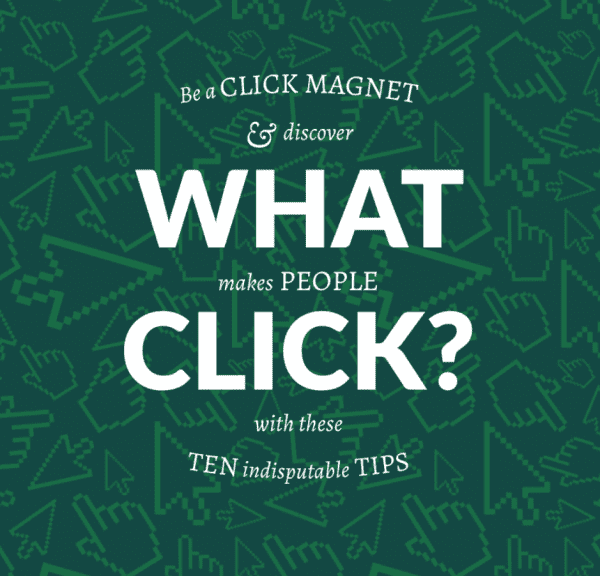by admin | Aug 21, 2020 | Marketing
Ever had a question on your mind, no matter how trivial, that you have an overwhelming desire to solve?
So much so, you need to stop what you’re doing and find the answer to it? That behaviour is just one of many triggers that make people click.
When people search online, they’re looking to find something, or someone, that can help solve whatever question or problem is on their mind.
But what makes people decide to click on your website listing over all the others? And why is this so important?
Check out these 10 simple strategies you can implement instantly to boost your click through rate and increase traffic.
by josiet | May 29, 2020 | News
We’ve got something to tell you – we’ve changed!
You know us as Hailsham Creative. That’s not changing.
We’re still your favourite design team in Wealden. But things just got even better…
We’ve teamed up with the ladies and gentlemen of Nettl, the largest network of web studios in the UK. So we are now also known as Nettl of Eastbourne North
Our partnership means we can help you do more with web. Get your website working harder this year to achieve more whizzbang for your online budget.

We can share ideas and best practices from what is working for discerning businesses across the country.
Together, we can pick out proven initiatives.
Or adventure into the new fangled world of print, fabric displays, web and digital marketing to explore the latest innovations.
Here are two offers to captivate your cognizance:

Is your website ticking all the boxes in 2020?
Let’s chat about ways to improve visibility and boost enquiries.

Save when you go live with us.
Get your first 2 months of hosting free.
T’s & C’s Apply.
by josiet | Jan 20, 2018 | Article, News
We (Jim and Josie) trained in graphic design in the 80’s and were fortunate to be taught the skill of typesetting using lead type. The other traditional skills we learned including hand lettering, font design, colour separation and camera ready artwork have all proved their worth even in the days of computer aided design and print. Returning to our roots, we are delighted to now have a 1950’s Adana letterpress and some beautiful lead type so we are looking forward to doing some ‘artisan’ printing alongside our regular work.
Check your stocks
The start of the year is a traditional time for planning ahead and making decisions about marketing, keeping in touch with your clients and networking. Now is a good time to check the level of your stocks of letterheads, business cards and all the other stationery you will need to put those plans into action. We are not suggesting you have your stock re-printed using letterpress techniques (honestly, we wouldn’t have the strength!) as we have digital backups of artwork for design or print work we have done in the past few years and can quickly make any necessary changes, such as new mobile ‘phone numbers. All you need to do is just drop us a line if you want to place an order.
Did you know that many of the words and terms used in print today originate from letterpress printing?
From the creation of the first metal type printing press in the mid-15th century, letterpress was the primary form of mass produced print of the written word until the 20th century saw the invention of offset printing. Johannes Gutenburg made type from an alloy of lead, tin and antimony, a durable moveable type suited for high quality printing on the letterpress – the inked type was literally pressed onto paper.
 Uppercase and lowercase
Uppercase and lowercase
The ‘lead’ type was stored in cases, with box compartments for each character, number, ligature and punctuation mark. The cases containing the majuscule or CAPITAL letters were stored above the cases containing the minuscule or lowercase letters. Now most typing programmes give you the option to ‘change case’.
Leading
This is gradually dropping out of use on desktop programmes but in all print it is the term for the line spacing between rows of text. When setting lead type you place a strip of lead of a particular point size between each line of text – the leading.
Mind your p’s and q’s
Lead type is reversed so that the imprint bearing the ink views the correct way round. When setting the type it is very easy to confuse p’s with q’s, especially if the last typesetter was less than careful about returning characters to their correct compartments in the case.






 Uppercase and lowercase
Uppercase and lowercase